Click the button to download a two-page flyer with Fast Facts about the D.R. Congo.
Thank you for making a difference in the lives of children!
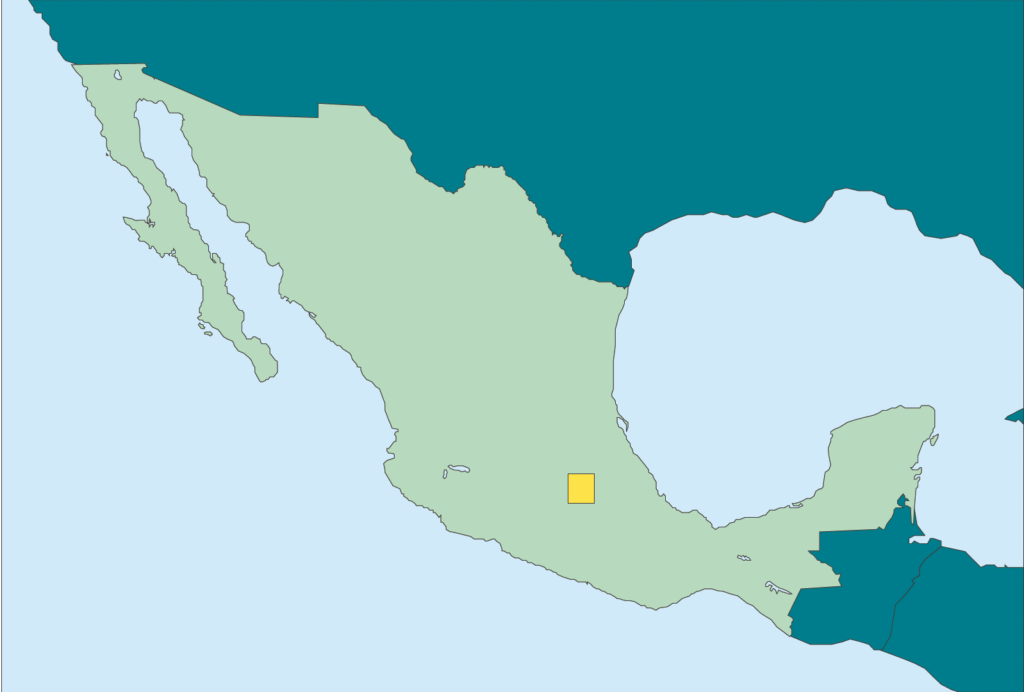
Population: 124,574,795
Official Language: Spanish
Capital City: Mexíco City
Mexico City is the largest city in both Mexico and the world. The population is more than 20 million.
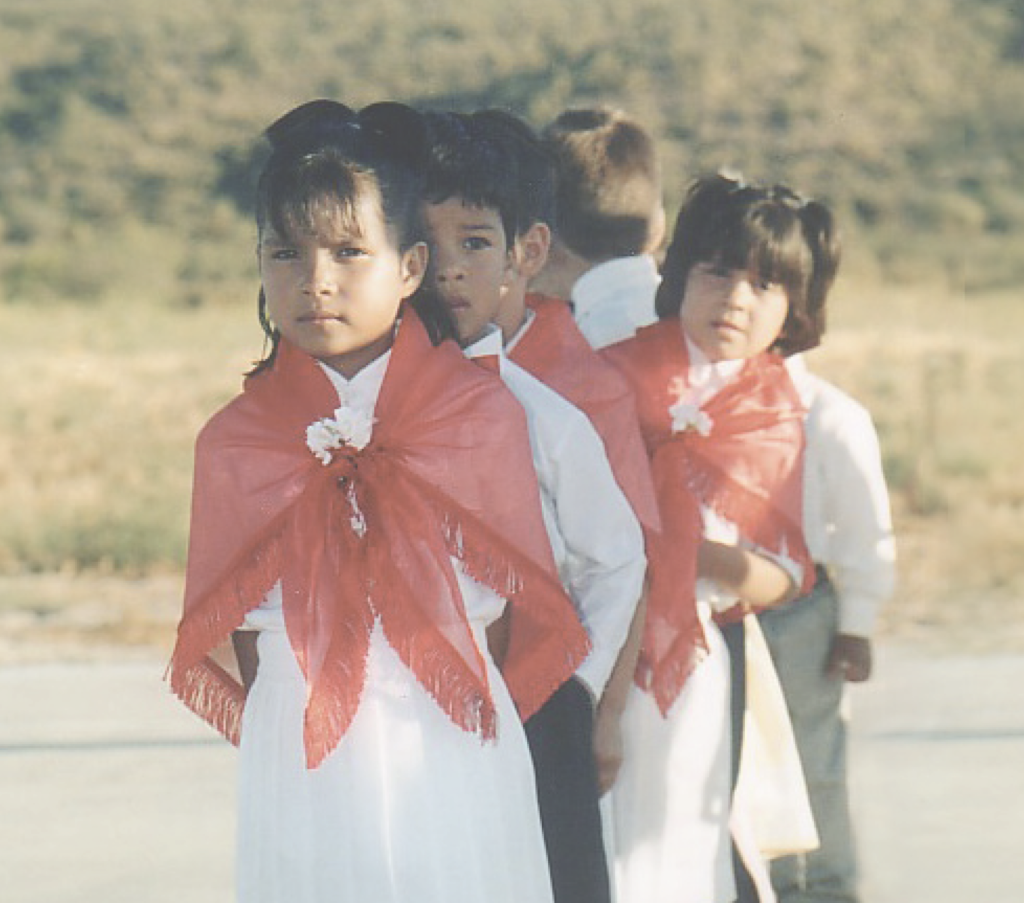
People
The great majority of Mexicans are mestizos (people of mixed white and Indian ancestry). Their white ancestry derives mostly from Spaniards who came to what is now Mexico during and after the Spanish conquest of 1519–1521. Most Mexicans think of themselves as mestizos. It is a matter of national pride.
Mexicans are considered Indians if they speak an Indian dialect, wear Indian clothes, and live in a village where the people call themselves Indians. This is true even if they are actually mestizo or white. Almost all of the Mexican population speaks Spanish. Still, more than 5 million Mexican Indians use their ancient, native dialects in daily life.
Growing at 2.5 percent a year, the rapid expansion of the Mexican population has placed it third in the western hemisphere, exceeded only by the United States and Brazil.
Culture and Life Styles
Mexican culture is the result of the Catholic Church being closely tied to the government as well as to the education system during the Spanish colonial period.
Most households consist of 5 or 6 people. In many homes, several generations of the same family all live together. Many of the people live in small farm villages with simple dirt roads or roads paved with cobblestone. Almost every village has a marketplace.
Going to market continues to be one of the main activities in rural areas. Local markets always carry fruits and vegetables grown by the local farmers. People still bargain for the price of goods with the local merchants.
Corn is still the most important food in Mexico. From the corn the Mexican people make tortillas, enchiladas, and tostadas. They also eat a variety of meats with their typical staples of tortillas, rice and beans.
Water in many areas of Mexico is not safe to drink unless you are native to that region. Tourists drink bottled water or consume canned soda and fruit drinks.
Education
Mexico has a good education system. Mexican law requires that all children ages 6 to 14 attend school. About 90 percent of school age children begin school. However, only about half of these children finish elementary school.
Mexico’s constitution does not allow religious groups to establish schools or teach in them. This is because during the Spanish colonial period, the Catholic church tightly controlled education. However, the government currently permits churches to operate private schools. The children at El Oasis attend school right on their children’s village campus.
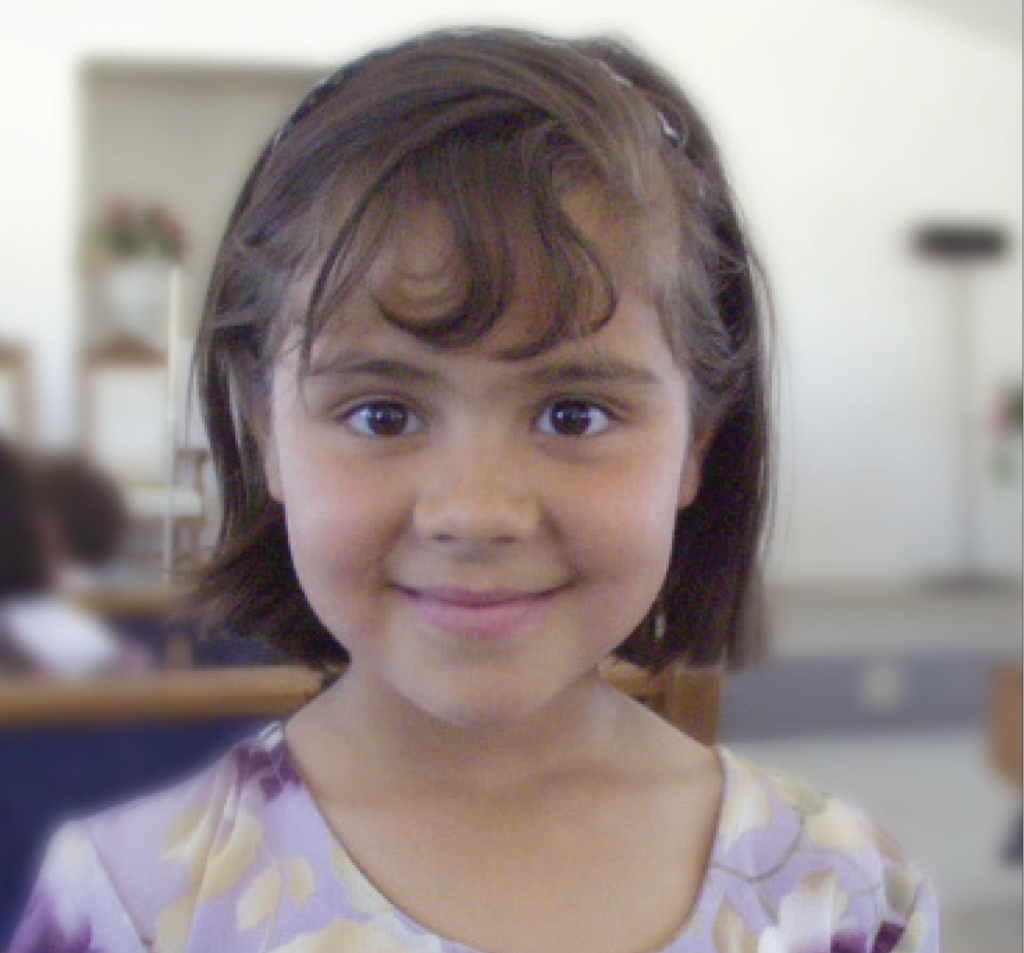
Housing
Although Mexico has large cities with modern architecture and construction, the majority of the homes in Mexico are built from adobe, brick, concrete, stone and wood. In the smaller villages, the house commonly is a single room with a lean-to for the kitchen.
An eccentric variety of scrap materials are sometimes utilized in home construction. For example; entire homes have been built from old billboards!
Economy
Income from oil fields discovered in the 1970’s, as well as tourism, has spurred development of the manufacturing and service industries. Still, many of the Mexican people remain poor. More than a third of Mexico’s people live in poverty. Wages for farm labor are low. People leave the rural areas and crowd into the cities where job shortages are a constant problem.
The steep devaluation of the Peso has strained Mexico’s ability to deal with debt both foreign and internal. With improved health standards and a high birth rate, the Mexican population continually exceeds the governments ability to provide housing, jobs and schools.
Orphan Home for Children
The Hogar de Niños, El Oasis children’s village is located just outside of the small village of Valle de la Trinidad in the north central area of Baja. The orphanage is a three hours drive from Tijuana and 80 miles southeast from Ensenada. It is located on a high mountain plateau at 3,500 feet.
There are ten homes, a church, farm and maintenance buildings, and a volunteer multi-purpose building that has a kitchen, dining room, and showers.
It is patterned after ICC’s two other large children’s villages located in Guatemala and the Dominican Republic.
Ten to twelve children live in each of the specially designed homes. The children’s village officially opened on December 9, 1997.
The winter months are quite cold. Frost can be found on the ground in April and snow in the winter months. It is much cooler than the coastal town of Ensenada even in the summer. A strong breeze typically blows from mid-morning until just before sunset.
How You Can Help
The mission of International Children’s Care is to bring hope and the gift of a new life to the orphaned and abandoned children of Mexico. Through sponsorships, donations and volunteer service, you can give these children the chance in life that they so richly deserve.
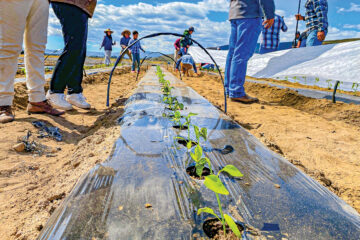
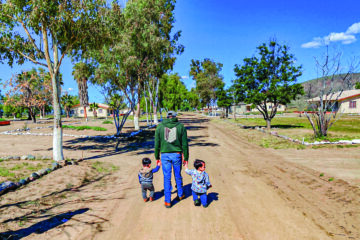

0 Comments